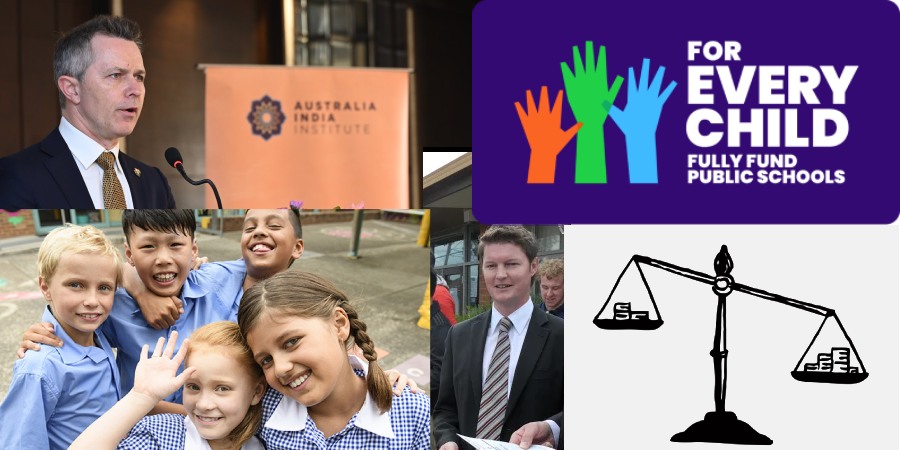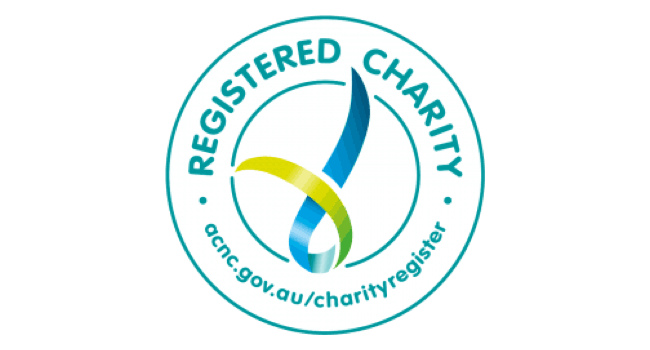What is the National School Reform Agreement?
The National School Reform Agreement (NSRA) is a joint agreement between the Commonwealth, States and Territories to lift student outcomes across Australian schools.
The NSRA extends over several areas of education policy; a critical and fundamental one is the bilateral agreements between the Federal and State/Territory Governments on how schools are funded.
Along with the rest of the NSRA, these agreements need to be re-negotiated in 2024.
- See this ‘explainer’ article in the Conversation for a great summary of the NSRA and its significance for school funding.
- NSRA page on the Federal Department of Education website
- The first bilateral agreement, with Western Australia, has already been made. See this article in the Age for the reaction from other states.
Expert Panel report
The Federal Government has received a report from the independent Expert Panel it appointed to advise on the NSRA. The panel’s report recommended seven “reform directions” including the aims to lift student outcomes, improve equity and attract and retain teachers.
If you don’t have time to read the full report, the Summary Report gives the main messages briefly, and there’s a good summary in the Guardian
And you can now read all the public submissions that were made to the Panel, including one from Parents Victoria
How much funding do schools need?
The Gonski Review, back in 2011, did a huge amount of work to answer this question, and came up with a formula – The Schooling Resource Standard (SRS).
The SRS starts with a base amount per student, then adds loadings for extra cost factors such as school location, students with disability and socio-educational disadvantage.
Read more on the Federal Education Department website.
However, public schools in Victoria are still funded at well below the SRS. That’s why Parents Victoria and many other organisations are campaigning for the Federal and State/Territory Governments to fund all public schools at 100% of the SRS.
How do state and federal governments split the funding?
Currently Federal Government contributes 20% of the total funding required to fulfil the SRS for public schools, leaving the states and territories to contribute the remaining 80%. The federal government provides 80% of the SRS funding for private schools, with the states contributing the remaining 20%. The Turnbull government made this arbitrary decision in 2017 despite the federal government having the greater revenue raising capacity. Under the current funding agreement, states/territories were required to provide 75% by 2028. Given their greater capacity to pay, many states are calling on the federal government to increase their share to 25%. State contributions in most states/territories (see table below), also need to increase if public schools are to be fully funded.
In the first bilateral agreement (with WA, signed in January 2024), the Federal Government increased its percentage of funding to 22.5%. The other states are calling on the Federal Government to increase its share to 25%.
The table below was supplied by the Australian Education Union (AEU). It summarises the share of SRS funding paid by the Federal Government and each state government. The footnote explains that 4% has been taken off the total to arrive at the “Actual Total” figure. This 4% is claimed by state governments as part of their share of SRS funding, but it does not go to schools – it is spent on other expenses such as statewide education bodies and capital depreciation. See this Age article for a more comprehensive explanation.

More information and news
See our School Funding page for detailed articles on this topic, and also a summary of current news stories.
Campaigns related to the NSRA
- The Australian Education Union’s For Every Child campaign is working to ensure that Federal and State/Territory Governments fund all public schools to 100% of the SRS.
- Parents Victoria’s “Fully fund public schools now” campaign will encourage all parents to lobby their local member and State and Federal Education Ministers to fund all public schools to 100% of the SRS. This campaign will be launched soon.
Other commentary
- EduResearch Matters (journal of the Australian Association for Research in Education) has an interesting article that relates Australia’s relatively poor performance in the international PISA scores to the inequity in our education system.
- Watch our News & Views page and subscribe to our newsletter for updates on this issue.



